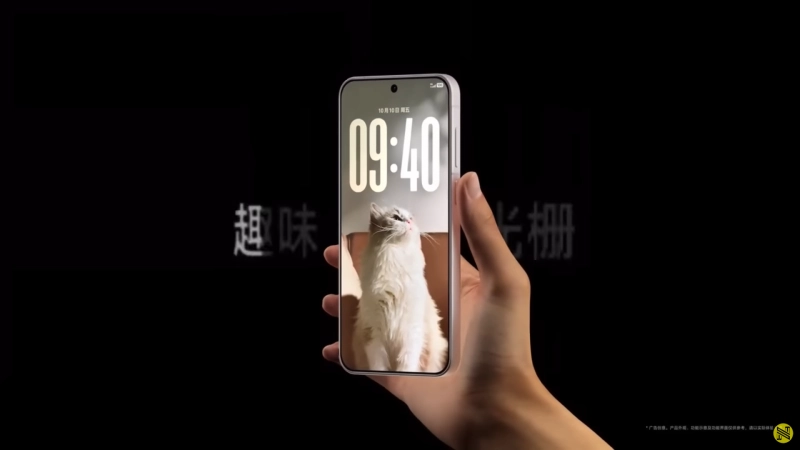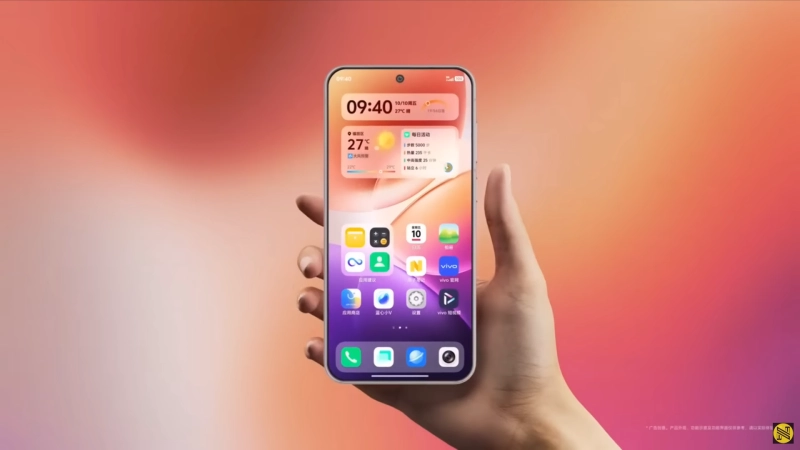Table of Contents
Highlights
- OriginOS 6 pairs a glossy “liquid glass” redesign with a deep system overhaul powered by the brand-new “Blue River Smooth Engine.”
- It brings practical on-device AI (small models and a smarter assistant) and smoother cross-device sharing and workflows.
- Real-world benefits promise longer-lasting responsiveness but depend on hardware, battery/thermal trade-offs, and regional rollout stability.
Vivo’s OriginOS 6 has arrived like a polished ripple across the smartphone world, an update that is in equal parts a visual makeover and a technical upgrade. At first glance, the headlines focus on a glossy, “liquid glass” aesthetic that makes the system feel softer and more tactile.
Taking a deeper look, we find Vivo pitching something more ambitious: not just a fresh skin, but a rethinking of the Android system, with a new “Blue River” suite of optimizations. The combination of style and system is mainly why OriginOS 6 has become such a talking point among tech enthusiasts.
A Fresh, New Look
OriginOS 6 leans heavily into translucency, soft gradients, and motion that is designed to feel alive rather than merely decorative. Wallpapers have more depth and seem to breathe; the controls’ and systems’ surfaces use layered translucency to create a liquid, reflective look that many have compared to the latest iOS 26 design.

Vivo’s designers are explicitly aiming for a more emotionally resonant interface, with things like ripple effects when a user plugs in a charger, or a subtle parallax on the lock screen, meant to give the system a tangible, physicality-driven feel. For users who have long compared Android vendor UIs to iOS, this is a voguish answer by Vivo: familiar, but elastic and highly customizable.
The New “Blue River”
But OriginOS 6 is not just a facelift. Vivo has introduced what it calls the “Blue River Smooth Engine,” a suite of system-level optimizations that the company says rebuild Android’s scheduling, rendering, and storage handling from the ground up. Vivo’s messaging is clear: instead of applying superficial tweaks to make animation look smoother, they have targeted the root causes of perceived sluggishness, such as memory handling, I/O compression, and core scheduling, so that devices remain “fluent” long after first boot.
The company even points to third-party certifications to back its claim, presenting industry lab validation to support a “five-year smooth” promise for sustained user experience. Those are bold claims, and they are precisely what will invite hands-on testing and long-term reviews.
On the technical side, Vivo has been specific about measurable areas of improvement. The company describes an “internal” memory compression acceleration that can make said compression significantly faster, all the while reducing load on RAM. Other compute and rendering tweaks in demo conditions improved cold-start times and multi-app switching.

These are not just marketing buzzwords. If memory compression can indeed be achieved with lower overhead, phones could keep more applications on standby without excessive RAM usage, a concrete advantage for multitaskers and gamers alike. Still, carrier models, regional builds, and the chipsets inside each phone will determine how much of that promise filters down to real users.
Practical AI That Runs The Phone
AI is where Vivo is trying to make the OriginOS 6 feel more practical. The company is pushing “smaller” on-device models, tools that are compact enough to run locally, but powerful enough to handle multi-modal tasks like voice, image, and text understanding. Vivo’s “Blue Heart” model matrix and the upgraded “Little V” assistants are meant to do more than answer queries: they are built to handle most of the work.
Those features are in line with the industry trend toward on-device AI that preserves privacy and reduces latency, but their polish will depend on how well Vivo balances model size, accuracy, and battery draw.
Cross-device Play
Interoperability is another focal point. Vivo demonstrated seamless-seeming interactions with other ecosystems, including the ability to access and edit iPhone photos and have those edits sync back, and new sharing mechanics that make multi-device transfers feel natural.
At the event, Vivo showed a “shake to form a file group” feature. Devices that shake at the same time can form a temporary group and receive files as a single action, with large files transferring quickly without loss. The goal is to break down traditional “ecosystem barriers,” offering a looser, more cross-platform way of handling media and documents.

In practice, the stability and convenience of these features will depend on connection quality and the software states of both devices, but the idea could be very attractive for users who juggle multiple platforms.
Strengths and Constraints
Every major redesign brings trade-offs, and OriginOS 6 is no exception. The strengths are obvious: a premium, modern visual language; system-level engineering that could genuinely improve multi-year responsiveness; and on-device AI features that aim for clear, everyday usefulness.
The constraints are practical. Older Vivo hardware will likely see fewer or smaller benefits from the Blue River optimizations, and the extra processing required for continuous animations or local AI inference can affect battery life and thermals unless tuned carefully.
Vivo’s public rollout plan starts with flagship models, which are best positioned to show the OS at its intended level of performance.
What It Means for Indian Users
For Indian and global users, the question is rather straightforward: which phones will get OriginOS 6 and when, and how quickly will regional builds stabilize?

Vivo says the new X300 series will ship with OriginOS 6 and that a wider set of flagships (including the X200 series and iQOO models) will start receiving updates in the following months, with a lot of other devices expected to be eligible in time. That staged approach means Indian buyers should keep an eye out for local announcements, hands-on reviews, and battery/thermal reports before upgrading older devices.
Vivo’s dealer and service network in India will also be an important factor in how smooth the migration feels for mainstream users.
In short, OriginOS 6 is a confident step for Vivo: an aesthetic reboot layered on a serious engineering push and a practical take on on-device AI and cross-platform friendliness. If a user likes their phone to feel new every time they interact with it, and they own Vivo’s recent flagship, this update deserves a much closer look. For everyone else, it is a good choice to wait for independent reviews and regional builds that prove the vision in daily use.